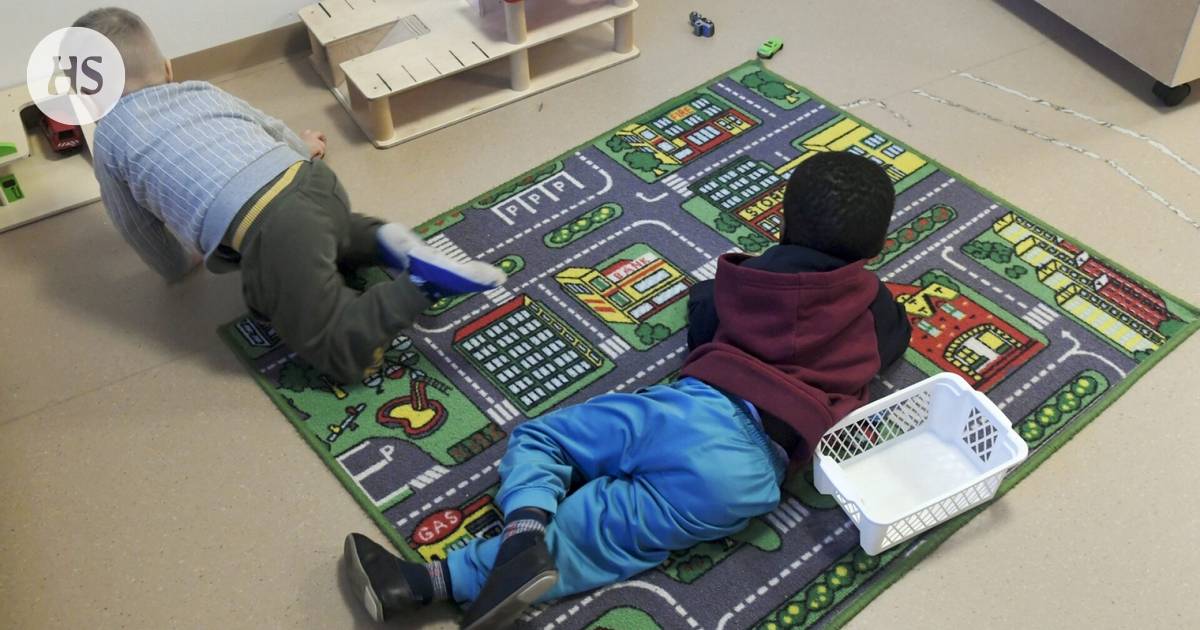Early childhood education|Both countries value early childhood education.
Although both China and Finland value early childhood education, they approach it in different ways. Fresh from the field of education research according to, in China, teaching is guided by a teacher-led model linked to age groups, while in Finland children’s initiative and special needs are emphasized.
Despite the differences in cultural backgrounds and education systems, early childhood education models in China and Finland have common features.
“Both countries greatly value early childhood education, says the research doctor who was part of the 11-person Finnish-Chinese research group”, docent Jenny Niu from the University of Helsinki.
In both China and Finland, attention is paid to the learning environment that supports the child’s development, the promotion of versatile learning and the use of different pedagogical methods. The basic goals are the promotion of development, learning and well-being.
Playful learning, which promotes children’s creativity and commitment, is also common.
The researchers compared China’s national early childhood education guidelines and the foundations of Finland’s early childhood education plan.
Otherwise as in Finland, in China the starting point of pedagogy is entire age groups.
“In China, early childhood education documents provide pedagogical guidelines tailored to different age groups, from infants to preschoolers. The foundations of Finland’s early childhood education plan, on the other hand, define the goals of pedagogical activities that apply to all children regardless of age group,” says Niu.
A unique feature of Finnish early childhood education are child-specific early childhood education plans, which focus on individual growth, learning and well-being instead of age group-specific plans.
Research group member, university lecturer Olli-Pekka Malinen The University of Helsinki understands that China sets target and skill levels by age group.
“A large country has a lot of people and varying conditions, so the big picture is often painted with a coarser brush.”
In both countries prioritize children’s needs and interests and promoting their development. In Finland, however, children’s initiative is emphasized more.
However, China’s early childhood education program for 3-6 year olds from 2001 encourages teachers to use varied and creative methods to make teaching interesting and engaging. However, the starting point is a teacher-led pedagogical approach.
According to Malinen, the operating model in Finland is more child-oriented.
“My own observation of Chinese school education is that it is of high quality in itself, but quite teacher-oriented. The teacher plans the lesson carefully in advance and implements it exactly according to the plan. The same model seems to apply to early childhood education in China to some extent.”
According to Malinen, the Chinese themselves have to some extent criticized the school-like nature of early childhood education and the teacher-led approach. Compared to Finland, there are also fewer early childhood education services available, and their field is varied, but efforts have been made to develop the supply and quality of services.
China and Finland also differ in special education.
In the foundations of Finland’s early childhood education plan, a lot of attention is paid to the different needs of children. It covers procedures, levels of support and individual plans.
“In Chinese documents, special needs are mentioned briefly and no specific instructions have been given,” explains Niu.
In her own dissertation, Malinen has studied how teachers in China approach the teaching of students in need of special support in general education.
“In China, there is a stricter definition of who needs special support. At least in the past, special education has not affected wider groups of students, but has been limited mainly to traditional disability education. In Finland, children are more widely supported with different types of learning difficulties, and the three-tier support model is also used in early childhood education and pre-primary education.”
Research according to China, children’s safety is emphasized more by instructing related issues. According to Malinen, there are grounds for that. Many people live in big cities where, for example, busy traffic causes concern.
“Of course, even in Finland, children want to be kept safe, but the attitude is more relaxed. Detailed safety-related instructions are missing from curriculum texts.”
The study was published in the journal Frontiers in Education on July 23. The purpose was not to evaluate which country has better early childhood education. According to Malinen, research can instead increase mutual understanding of early childhood education and the national documents that guide it.
